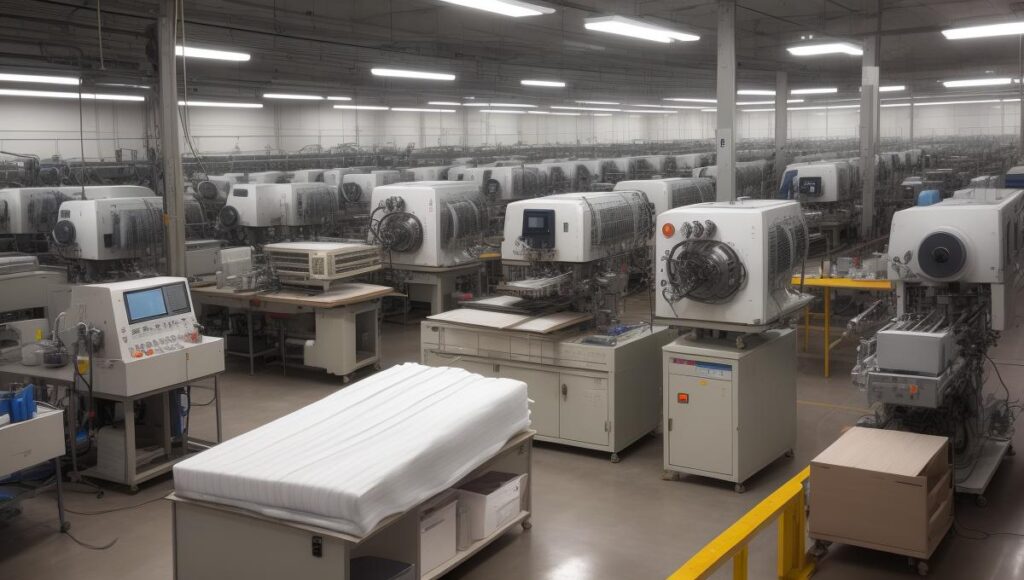Introduction

The garment industry is a major contributor to global economies, employing millions of people worldwide. It’s a sector that relies heavily on machinery for its operations, hence setting up a garment factory involves a thorough understanding of the various types of machines required. In this article, we’ll delve into the essential machines needed for a competent garment factory setup.
Sewing Machines

Arguably the most critical aspect of a garment factory is the sewing section. This is where the actual construction of the clothing items happens. There are different types of sewing machines, including the lock stitch, overlock, and chain stitch machines, each suited for specific tasks such as attaching buttons, making buttonholes, edge stitching, and joining parts.
Cutting Machines

Next in line is the cutting section. Here, machines like the band knife cutting machine and the straight knife cutting machines come into play. They are used to efficiently cut multiple layers of fabric according to the patterns designed. Automated cutting machines are also part of this section, providing precision and speed.
Fusing Machines

Fusing machines play an integral role in the garment manufacturing process. They are responsible for fusing the interlining with the fabric, thereby giving the garment its structure and shape. Types of fusing machines include continuous fusing machines and press fusing machines.
Embroidery Machines
For designers who desire intricate patterns and designs on their collections, embroidery machines are quite essential. These machines create detailed embellishments on the fabric, helping to enhance the aesthetic appeal of the items. Modern embroidery machines are highly automated, capable of replicating complex designs accurately.
Ironing and Finishing Machines
The final stage in the production process involves ironing and finishing, which gives the garments a clean and professional look. It involves removing wrinkles and any form of unevenness in the fabric. Steam iron, vacuum ironing tables, and pressing machines are all part of this section.
Conclusion
In summary, setting up a garment factory requires a combination of various types of machines. Each machine fulfills a specific role in the production process. By correctly selecting and effectively using these machines, a garment factory owner can look forward to delivering high-quality products while also increasing factory efficiency and productivity.
